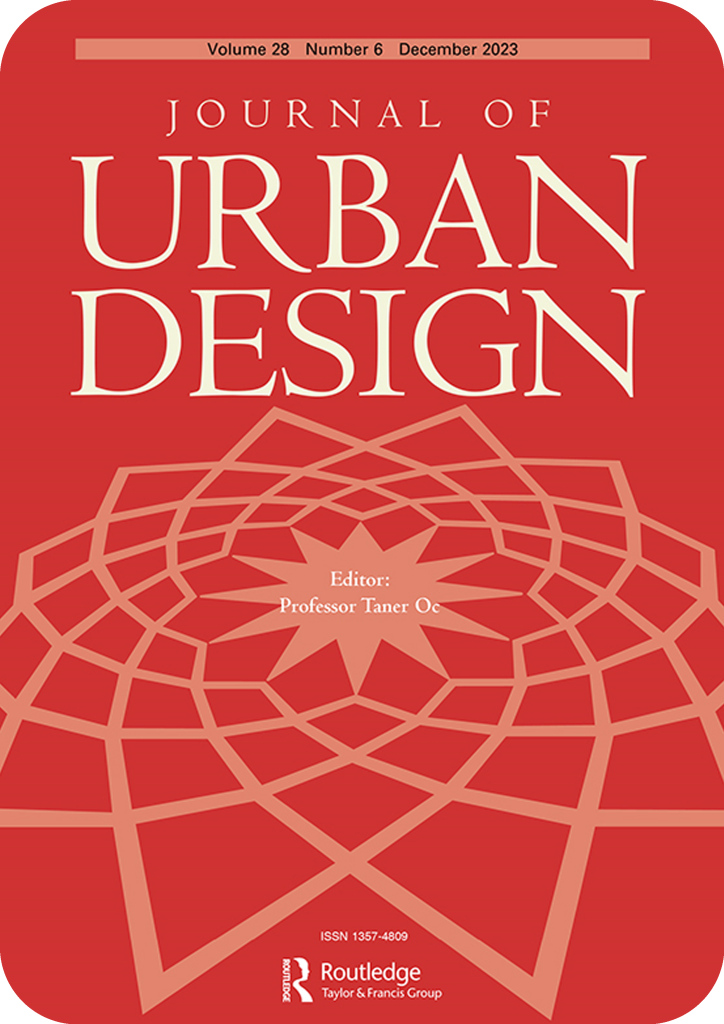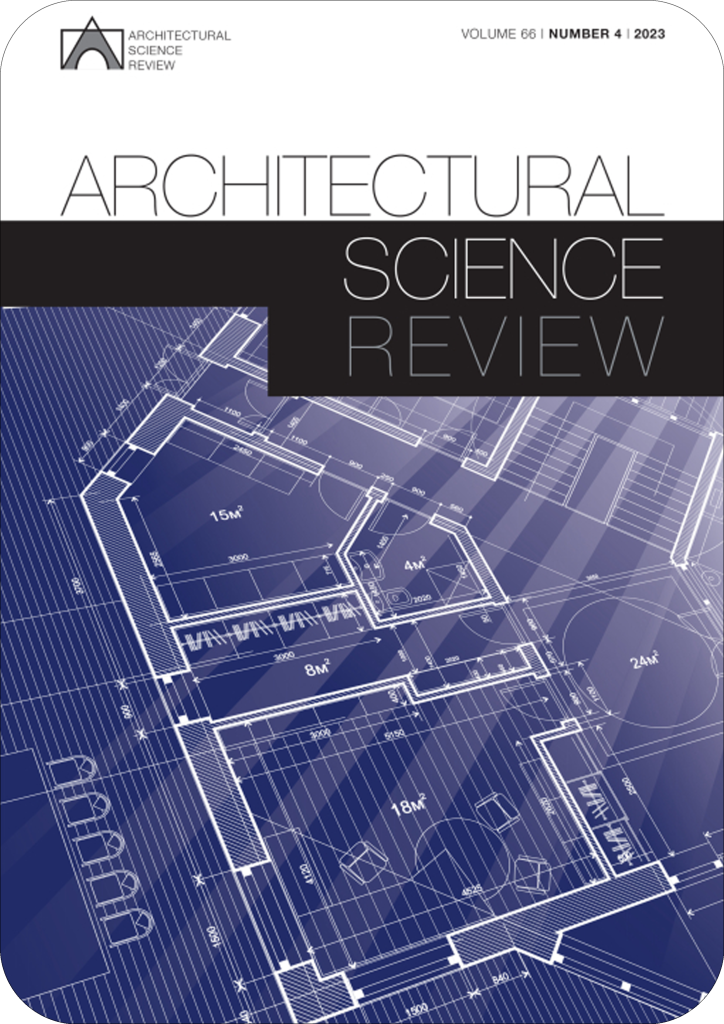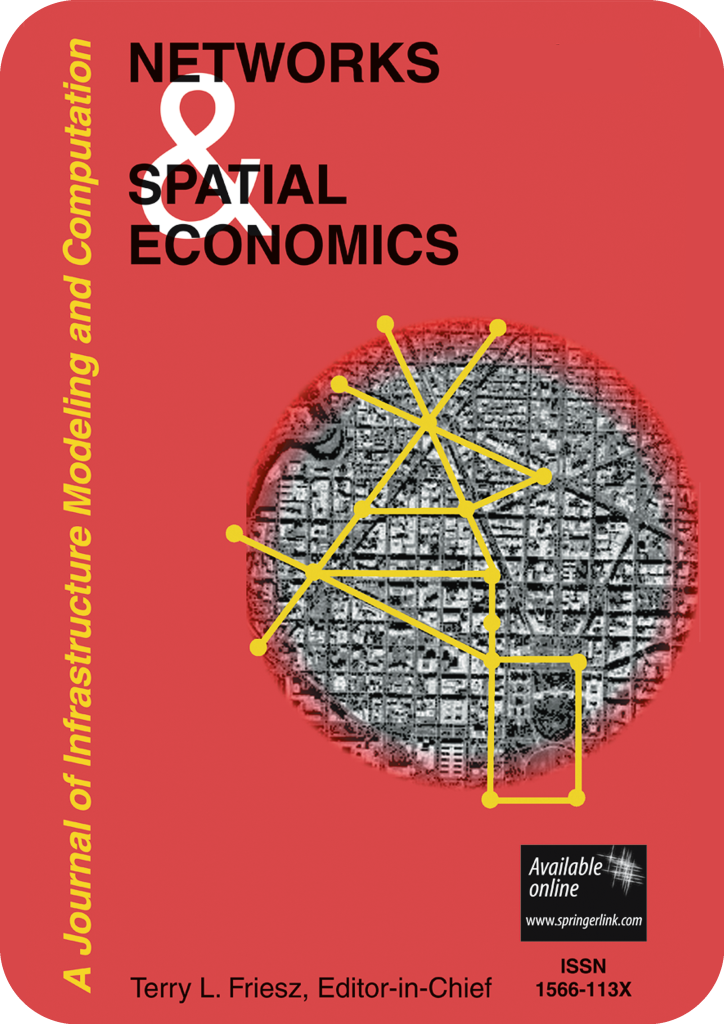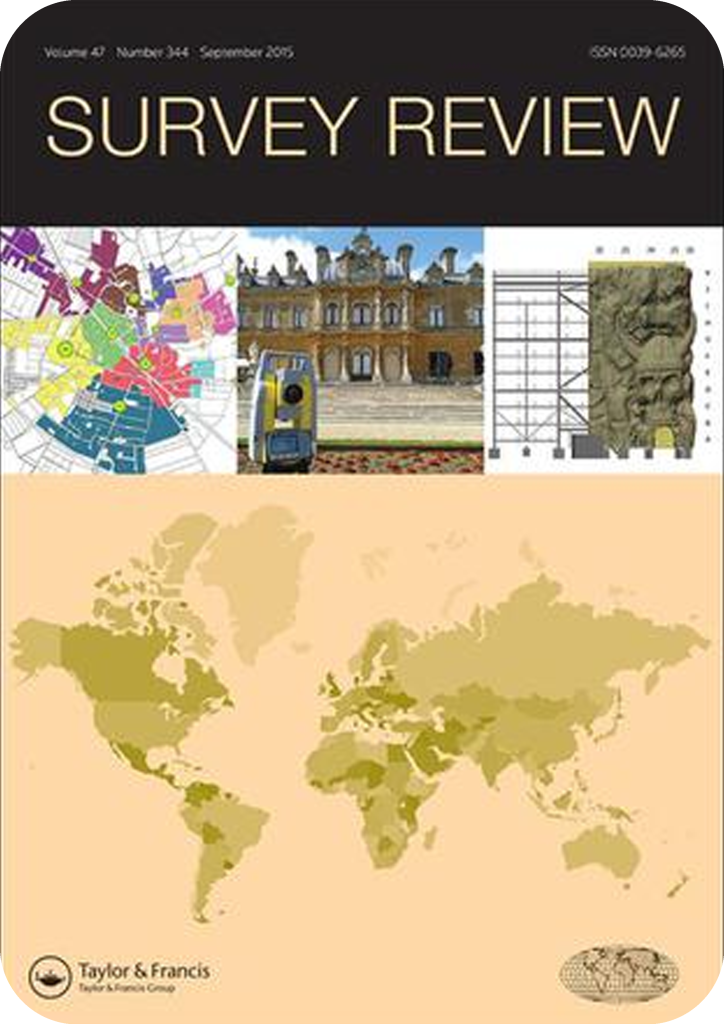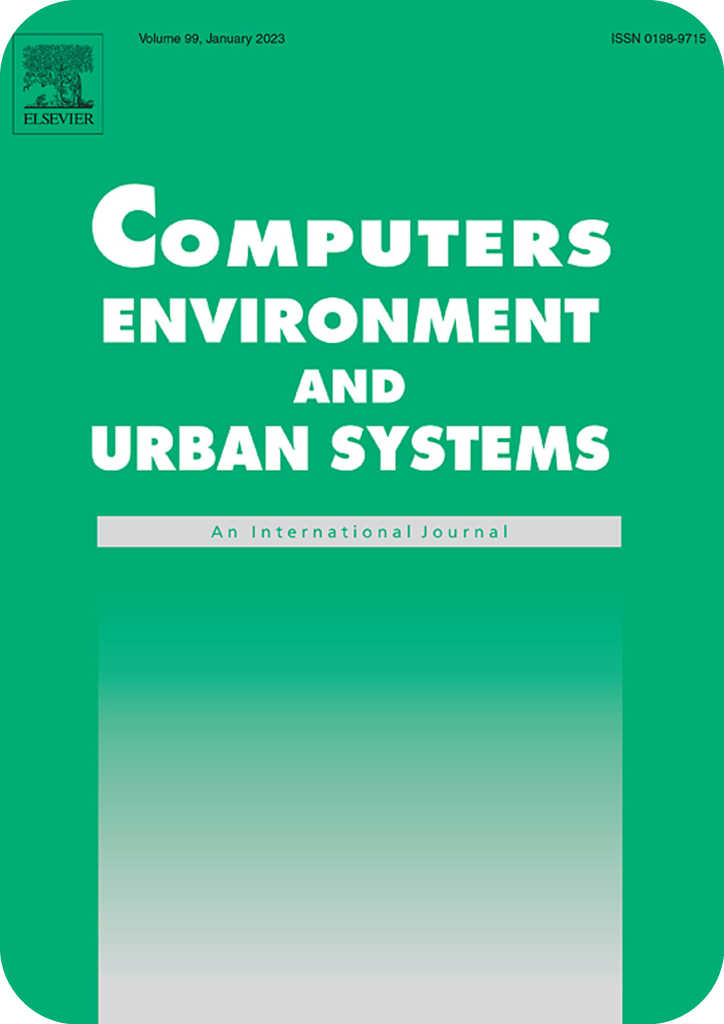Refereed Journal Papers
Greenberg E, Natapov A, Fisher-Gewirtzman D. (2019)
25 (5) pp 1-22. ISSN: 14699664
Abstract: This paper presents a topography-sensitive cognitive model for analysis and prediction of pedestrian movement in urban settings. Topography affects visibility and therefore the spatial awareness of pedestrians. It also accentuates the role of physical effort during travel and route selection. The existing models fall…
More InfoPolak N., Fisher-Gewirtzman D. (2019).
DOI: 10.1080/00038628.2019.1611537.
Abstract: This paper presents a learning model for the automated generation of built environments, demonstrated by the creation of minimal apartments situated in dense urban settings. The research utilizes the techniques of parametric modelling, multi-criteria optimization and supervised machine learning to provide 3D configurations of minimal apartments with improved visibility from significant…
More InfoNatapov A, Czamanski D, Fisher-Gewirtzman D, (2018)
ISSN: 1566-113X [Q1; IF 2.662]. DOI: 10.1007/s11067-018-9411-4
Abstract: Performance of a range of urban amenities is influenced by their accessibility to pedestrians. Success in attracting pedestrians to a particular location depends on how they project visuospatial information. In this paper, we propose an original method for analysing the visuospatial integration of particular locations within a street network. As a case study we analyse the distribution of one type of urban amenities – food and drink public facilities. We represent them in a form of visibility graph as objects of…
More InfoFisher-Gewirtzman D. (2018)
34.4 (2018): 336-358.
Abstract: This paper presents a virtual reality experiment in a controlled visualization laboratory. The study explores the impact of morphology on the perceived density by participants along pedestrian paths. The issue addressed is the intensification of existing urban centres, where over-crowding may diminish their viability. The basic hypothesis is that increased visibility in a given urban space will be…
More InfoFisher-Gewirtzman D. (2018)
34.4 (2018): 336-358.
Abstract: Many urban dwellers prefer to live in small city-center apartments in order to enjoy the benefits and infrastructure that cities offer. Consequently, the development of quality “micro” apartments in city centers may be very attractive to planners and those seeking housing as a means of meeting the current demand. The adAPT NYC competition announced by Michael…
More InfoFisher-Gewirtzman D. (2018)
(First Published 15 Nov 2016). Vol.45(2) 345–366
Abstract: The ability to predict the human perception of space in dense urban environments would have a vast impact on planning and design processes. Many analytical models, methods and tools have been developed to describe and predict human perception and behaviour in the urban environment, and academic papers have addressed the issue of the view in urban environments as a significant variant influencing perception…
More InfoGolub D., Doytsher Y. and Fisher-Gewirtzman D.
(2017)
Abstract: This paper presents the development of a 3D visibility analysis model that consist a combination of objective calculations and a subjective evaluation, representing the value of the view and its possible impact on the perception of a viewer. The model, developed in Matlab, has default weightings for…
More InfoFisher-Gewirtzman D. (2017)
44(4), 764-795.
Abstract: Small apartments exist in dense cities worldwide. Developing adequate quality small apartments in city centres would strongly attract current demand. Analysis, predictive tools and design concepts regulated for better interior design and lower perceived density would provide residential environments with happier tenants. This research evaluates perceived density and visual privacy in alternative minimum…
More InfoFisher-Gewirtzman D. (2016)
Volume 5, Issue.
Abstract: Buildings have been reused throughout history. The current discourse of diverse trends in preservation together with awareness for sustainable environments has led to a surge in adaptive reuse projects. The combination of new and old architecture ensures the retaining of authentic character while providing an appropriate new use and revitalizing the structure. Learning from precedents is one of the most important knowledge bases for…
More InfoNatapov A. Fisher-Gewirtzman D. (2016)
58 60–70.
Abstract: Patterns of pedestrian movement in cities are influenced by visibility of urban activities, among other factors. This paper describes a behavioral experiment in an immersive virtual reality, where individuals are exposed to visual stimuli and their route decisions…
More Info